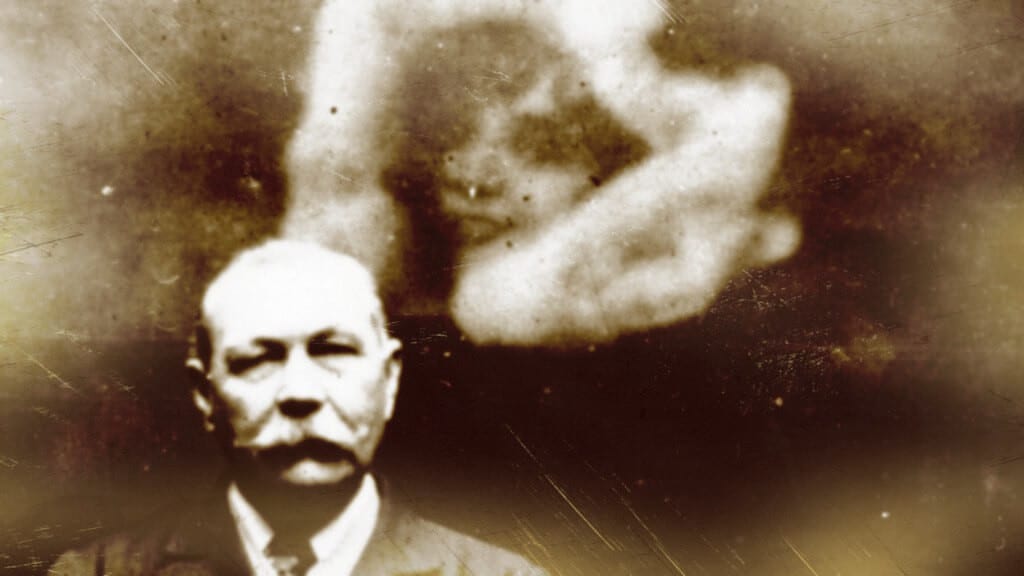In an era where grief and loss intertwine with the hope of the ethereal, William H. Mumler emerges. His accidental discovery in spirit photography sparked unprecedented interest, offering visual solace to grieving hearts while igniting controversy.
The Intriguing Tale of William H. Mumler and Ghost Photography
Originally a jeweler in Boston, Mumler stumbled upon the ability for his photographs to reveal what appeared to be spirits. This discovery not only redefined his career path but also placed him at the center of a heated debate over the boundaries of reality and the afterlife.
As photography solidified its role as both an art form and a means of documentation, Mumler saw a unique opportunity. He began to offer his clients portraits and a visual link to those they had lost.
Though his success brought skepticism and accusations of fraud, these controversies culminated in a trial testing both his credibility and the legitimacy of spirit photography. Mumler’s saga highlights the complex interplay between technological progress and the human longing to explore the unknown.
The Dawn of an Era: William H. Mumler and the Birth of Spirit Photography
Mumler’s odyssey into the realm of spirit photography began unexpectedly. During an experiment in his studio, he captured something extraordinary: the blurry image of a figure not present at the time of capture.
Mumler suggested it might be the spirit of a deceased cousin, sparking immense interest. His discovery quickly catapulted him from amateur to a prominent figure in the world of spiritualism.
Faced with a growing demand for his spirit photographs, Mumler decided to close his jewelry business to devote himself entirely to this new calling. Being at the dawn of photography, he positioned himself as an innovator in a field blending art, technique, and a hint of mystery.
Despite his high prices, many sought him out, hoping to find comfort and a visual connection with their deceased loved ones. This career pivot not only showcases his ability to capture a unique opportunity but also the deep human desire for connection beyond death.
Controversy and Vindication: Mumler’s Battle Against Fraud Accusations
Mumler’s growing fame also brought increased skepticism towards his photographs. Contemporary photographers and some in the scientific community began to question the authenticity of his work, labeling him a charlatan exploiting his clients’ emotions for personal gain.
Critics argued that Mumler created illusions using advanced photographic techniques, manipulating his images to include supposed apparitions. This period he marked the beginning of intense scrutiny over his integrity and the truthfulness of his photographs.
The peak of the controversy was Mumler’s fraud trial, an event that captured the attention of the press and the public. Despite attempts to prove manipulation in his images, the lack of conclusive evidence led to his acquittal.
However, this trial deeply impacted his reputation and financial situation. Though cleared of legal charges, doubts about his honesty lingered, undermining his credibility and business.
This episode highlights not just the challenges Mumler faced in his career but also the deep skepticism towards the paranormal and unexplained prevalent in society. Despite these obstacles, Mumler continued his work until his death, leaving a complex yet undeniably influential legacy in the realm of spirit photography.
The Enduring Legacy of William H. Mumler in Paranormal Photography
The story of William H. Mumler is one of innovation, controversy, and an unrelenting quest for the unknown. Through his photographs, he challenged the medium’s limits to touch the human heart in its most vulnerable states: grief and hope.
Despite the controversies and skepticism that surrounded him, Mumler left an indelible mark in history as the pioneer of spirit photography.
The exact methodology Mumler used to create his images remains shrouded in mystery, as he destroyed all his negatives and plates before dying. Nonetheless, the surviving photographs continue to fascinate and spark debate among skeptics and believers alike.
His work invites reflection on the intersection of technology, art, and spirituality, and our eternal desire to transcend the material and connect with the beyond.
Ultimately, Mumler’s true legacy transcends the images he captured, lying instead in the questions he raised about perception, faith, and reality. Through his lens, he opened a window to a world longed for by many, providing both comfort and curiosity.
Mumler’s story reminds us that at the crossroads of the known and the inexplicable often lie the most captivating narratives.





